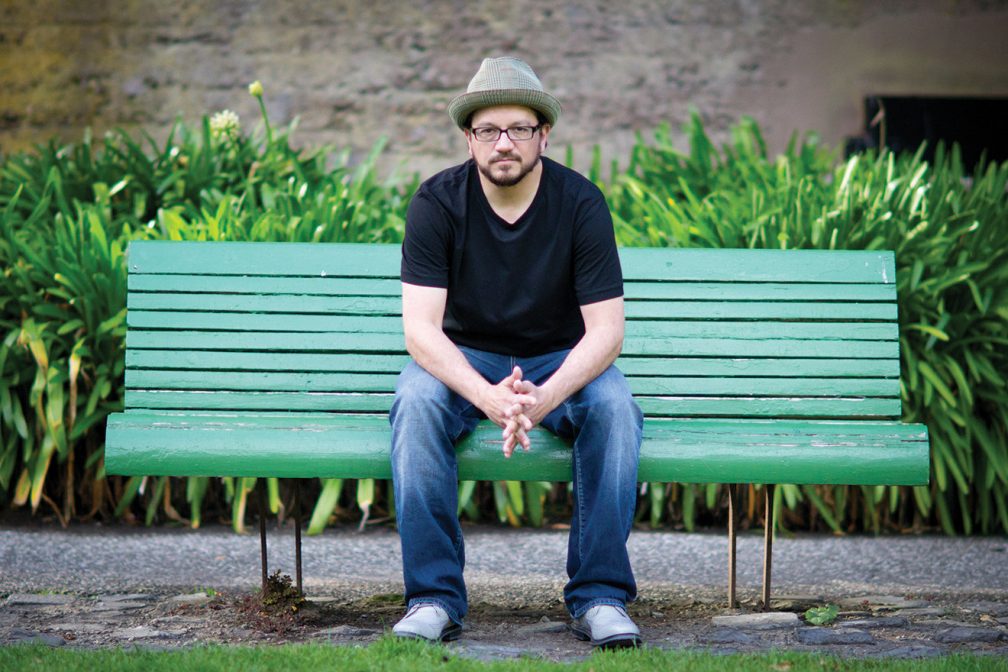 Culture
Culture
DJ History: Mark Farina
Meet the man behind Mushroom Jazz
Imagine a down-tempo fusion of hip hop instrumentals, funk classics, acid jazz and some curveballs, all liberally soaked in lysergic acid diethylamide, and you’d be getting there. While the UK had the snappier (and now perhaps discredited) trip hop, in the US, ‘mushroom jazz’ became firstly a compilation series and latterly, a quasi-genre. Its architect was Mark Farina, a second-generation Chicago DJ who rose up in the wake of the house gold rush of the late 1980s, alongside peers like Derrick Carter, DJ Sneak, DJ Heather and Mark Picchiotti. Although Farina is at least as well known for his deep house sets, his reputation as a DJ par excellence was built on the Mushroom Jazz series, which this year marks its 20th anniversary (and eighth in the series). We caught up with the San Francisco-based DJ to ask him about his fungal funk mixes, the early industrial scene in Chi-town and the impact of EDM.
Tell us about the genesis of Mushroom Jazz...
It was 1989 and I’d just moved into an apartment with Derrick Carter, Chris Nazuka and G-Most. We were all working at Gramaphone [record store in Chicago] and I was really into the house scene at that time but also the early East Coast hip hop, the UK acid jazz sound, French hip hop like MC Solaar and some funk classics – especially stuff that was being sampled. I was playing at a Chicago club called the Shelter and they built a room on the side called the Paramount Room, where it was just big sofas and chairs with a bar: I got hired to play two nights a week.
When I went on New York record shopping expeditions, I’d check out clubs and I noticed there would be a room that was house and in the others there’d be hip hop or reggae. In Chicago all the rooms would just be house - so I made a concerted effort to try and play different stuff to the main room. So it wasn’t a dancefloor space, it was head-nod music.
All us DJs at Gramaphone sold mixtapes over the counter and they were all house, so I made a Mushroom Jazz mixtape that featured the music I played at the Paramount Room. They built up a little popularity among different people and became the cassette tape you’d put in the car driving to the club, or something you’d pop in the tape deck at an after-party at someone’s house.
Were you selling enough tapes to make some sort of a living from them? Bad Boy Bill was the mixtape king, right?
Yeah, I mean I wasn’t up to his status but it was definitely funding my vinyl-buying career at the time. You gotta remember, back then we wouldn’t make much money from DJ sets, so our goal at that time was to be like Bad Boy Bill: “I just wanna get on the radio!” We wanted to get our mixes on the radio, because that’s how he would sell so many tapes. Bill had a really nice car at the time; “What, you bought this car from making mixtapes?!”
What was your first experience of dance music?
I started going out at an early age, when I was in grade ten or eleven in high school. There was a place in Chicago called Medusa’s that was a juice bar on Sheffield and School. It was closely affiliated with WaxTrax! Records, a lot of their acts would play there and I was into industrial stuff like Ministry, Nitzer Ebb, Front 242, Anne Clark, Section 25, Yello, New Order.


